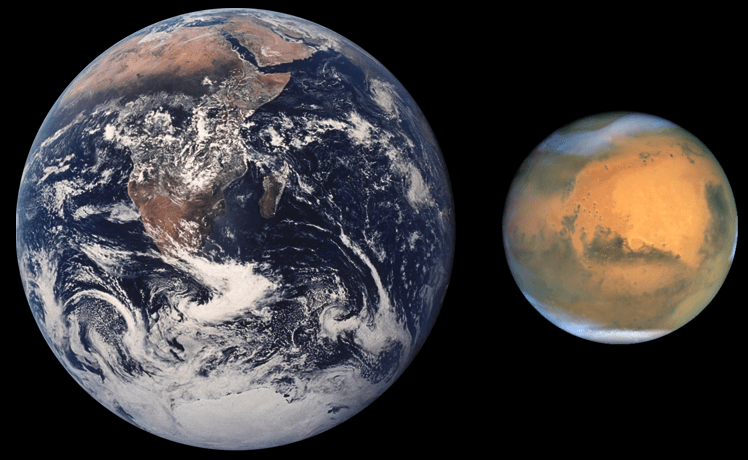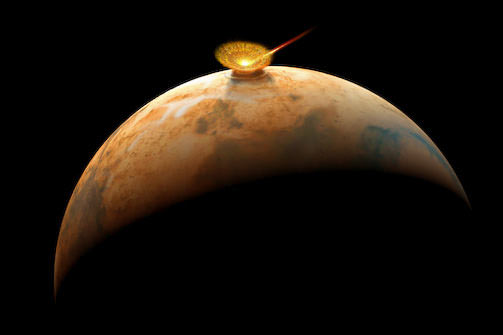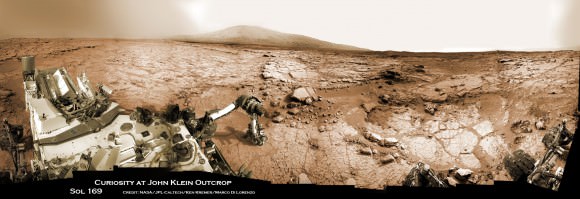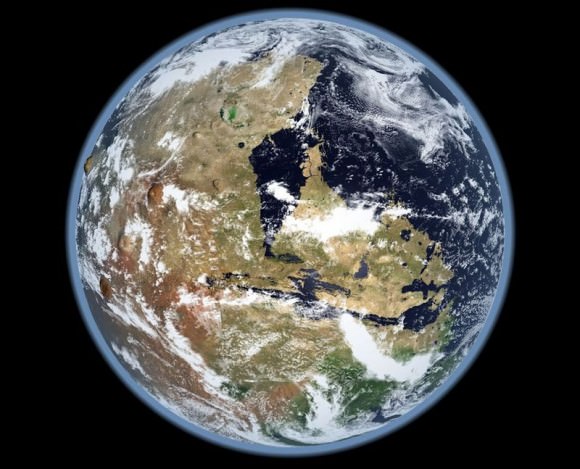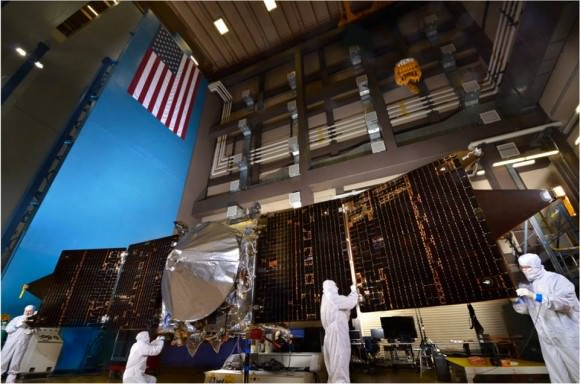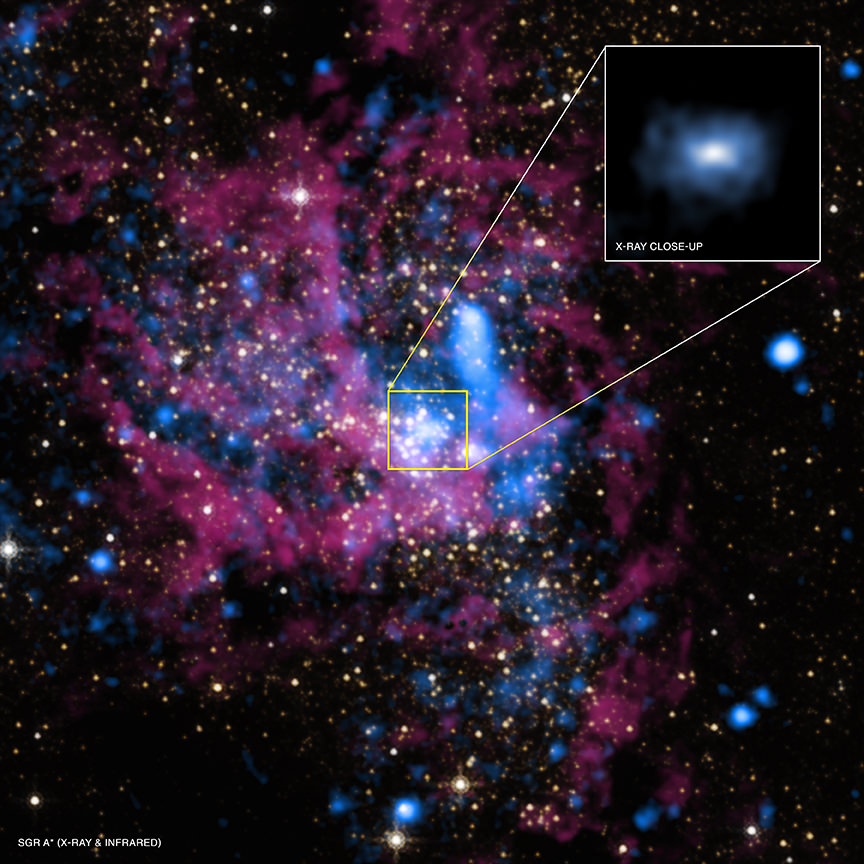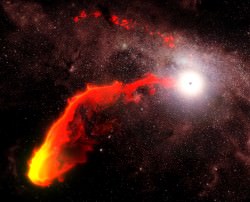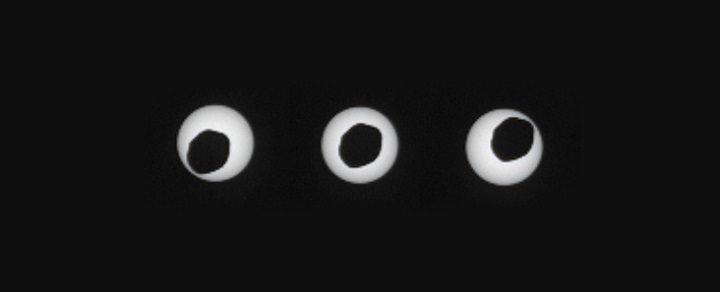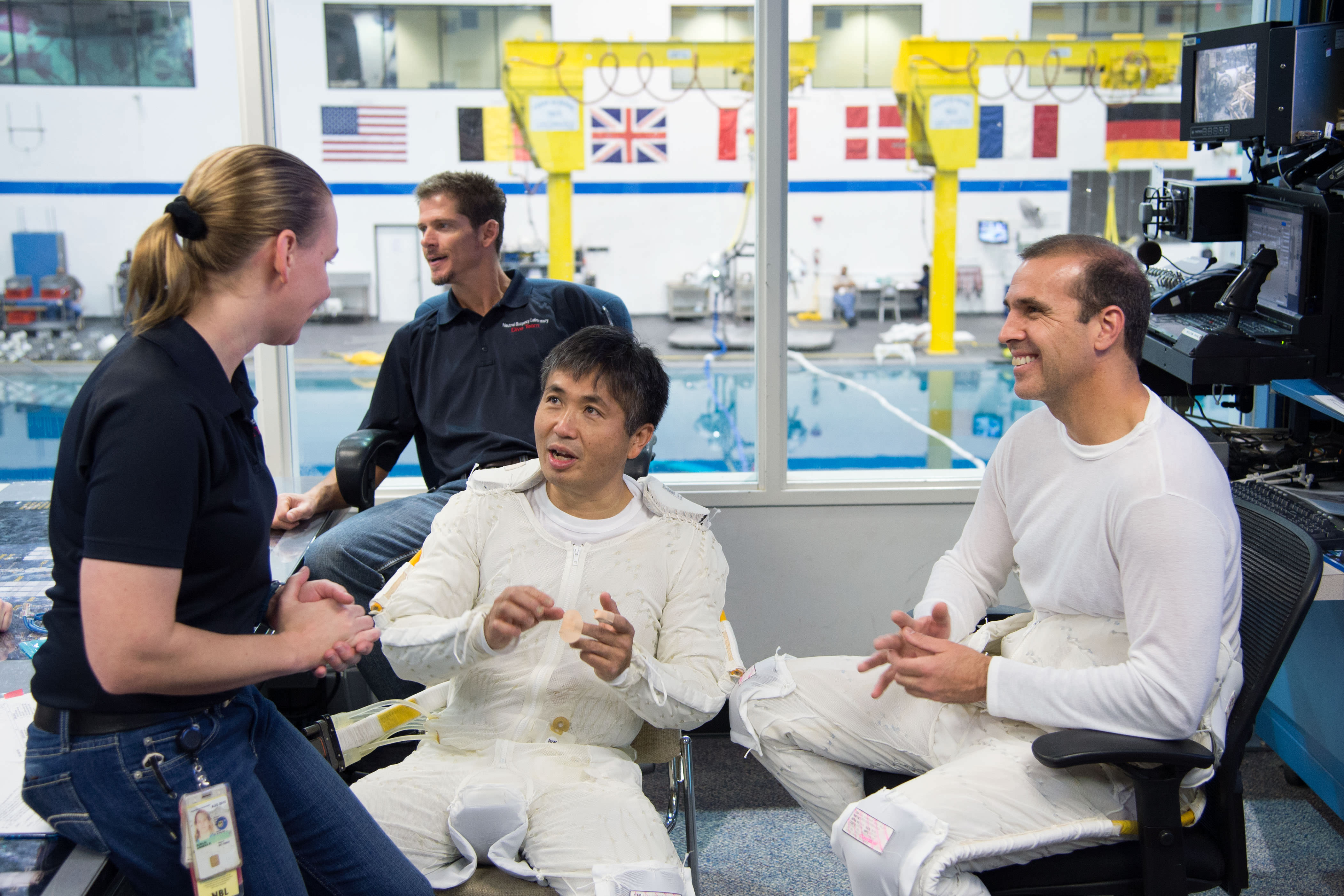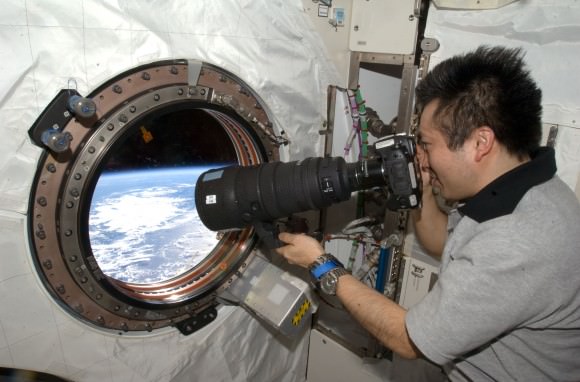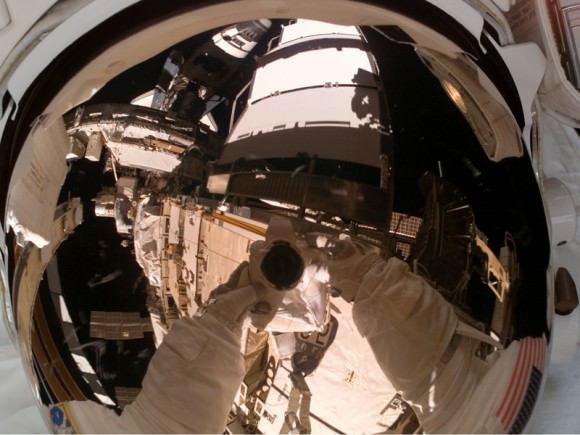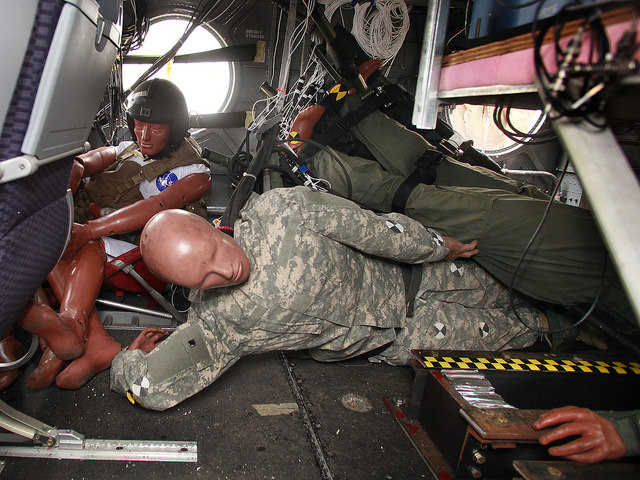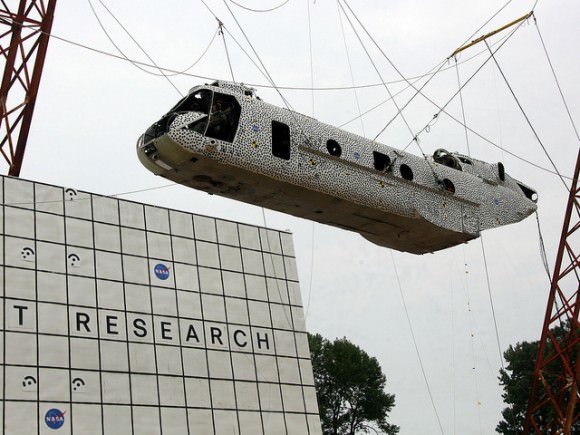It’s easy to take the International Space Station for granted. It’s been planned, under construction and/or operated for decades. Humans have occupied it continuously for 4,684 days (close to 13 years) as of today. According to two space policy experts, however, NASA should already be thinking of what it’s going to do next after the station’s current agreement expires in 2020.
Ignoring the deadline, they said, could lead to consequences such as (in one scenario) the end of U.S. government spaceflight altogether.
Below are edited excerpts from two officials from George Washington University’s Elliott School of International Affairs. Scott Pace is its director, and John M. Logsdon is a professor emeritus. They spoke with reporters Thursday (Aug. 29) about the coming NASA budget decision and their views on the agency’s future.
We’d also like to get your feedback on their ideas, so please leave your thoughts in the comments.
Why the Senate allocated so much more money to NASA in fiscal 2014 than the House of Representatives:
Pace: In my view, the House numbers are complying with the Budget Control Act in terms of sequestration numbers. In the Senate, the numbers were not in line with the Budget Control Act, but reflected what the priorities of the authorization committee were … I would argue, and we’ll see if others agree, that the Senate has marginalized themselves in this discussion. The appropriations staff will have the larger say in that, but on the House side, the authorizors and the appropriators will be together because they have discussed what their priorities were.”
Where NASA’s direction comes from:
Logsdon: It’s a residual of 40 years of failure to reach consensus of what the U.S. should be doing in space and particularly, human spaceflight. In the first year and a half of the Nixon administration, he was faced with what to do after Apollo and basically punted. He said, “Let’s develop means, rather than set goals.” The means was the shuttle … The lack of leadership of this administration, which is not much different than most presidents since Nixon and including Nixon, have put us in a situation that is unfortunate, and, as Scott [Pace] says, leads to a lot of drift and lack of sense of purpose.
The biggest obstacle of NASA’s asteroid retrieval proposal:
Pace: [One goal for NASA often is to implement] priorities of decadal surveys from the National Academy of Sciences. Things like the asteroid redirect mission, which will burden portions of the human and science programs, have no decadal survey mention or no larger contribution to the science. It’s another capability-driven-evolution sort of project, with some very basic flaws to it in terms of not providing that long-term sense of strategic purpose.
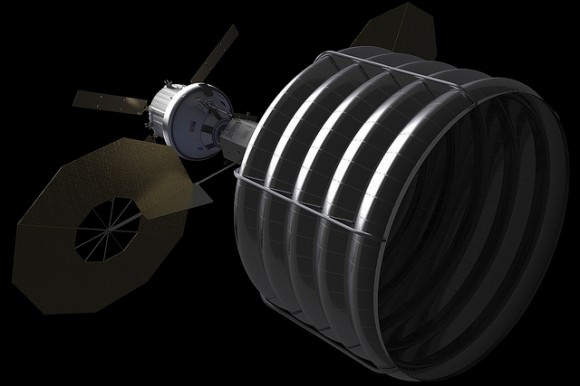
If the International Space Station will be extended beyond 2020:
Logsdon: There’s not enough money to have a robust space exploration program and to use the space station at a $3 billion a year level in 2028. None of the current partners — with a possible exception of Canada — but certainly, Europe and Japan are not enthusiastic about spending money on space station post-2020. They really had to be dragged, their governments had to be dragged, to commit the funds for the extension to 2020. It’s not clear, if there is a decision to go beyond, whether the United States will have its early partners [committed.]
Pace: What happens with other major scientific facilities that NASA has, like the Hubble Space Telescope, is you have a senior review. After you’ve met the initial requirements [of the mission], you ask what is the facility costing me, what am I getting out of it, and make a decision whether to continue. You will see, in anticipation of 2020, you will see the beginnings of a senior review to see what will be in the NASA 2020 budget. It is dependent upon data being created now — the scientific and technical benefits — and where will the benefits flow for plans beyond space station. If there are no plans for human flight beyond space station … the default option is to do the station as long as it is technically capable, but eventually it will be deorbited. And there will be an end to U.S. government spaceflight.
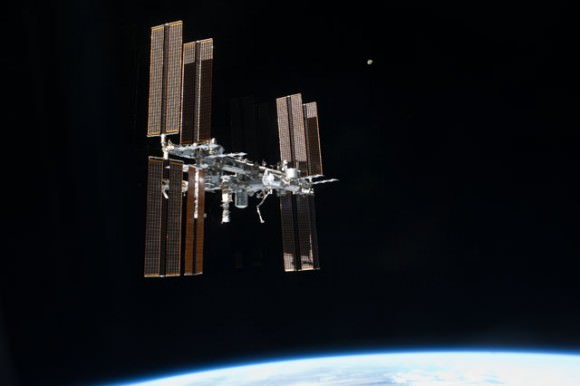
If government-funded human spaceflight could end in the United States:
Pace: I can imagine a President presiding over the end of human spaceflight, not as a conscious decision but as an unfortunate accident. Drift is the most dangerous thing for NASA.
Logsdon: Would any President be willing to be that person to end the government-sponsored spaceflight program? I’m not sure the answer is no. It could be that a future President could say we’ve done it and there’s no future reasoning to continue at fairly high expense to continue to do it. But I would speculate the more likely answer, given the industrial and regional interests, is some sort of limping through human spaceflight. It’s more similar than different for the past four decades.
What NASA needs right now:
Logsdon: I’m taking less about the NASA leadership than I am the White House and Congressional leadership. What’s missing is a sense of strategic purpose of the organization, what should it be doing, and that is the job of a national leader. It is enunciating for NASA, as well as other government agencies, for what its long-term and even midterm strategic purpose is in terms of the natinoal interest ought to be.
Pace: [The United States must determine] what is the role of international leadership in space for the United States and to what extent are we willing to make plans for beyond the station. 2020 is not that far away. The focus on NASA right now, with ISS, is utilization. The station has been a great diplomatic success, great technical success, but it’s not clear if it will be a great scientific success.


